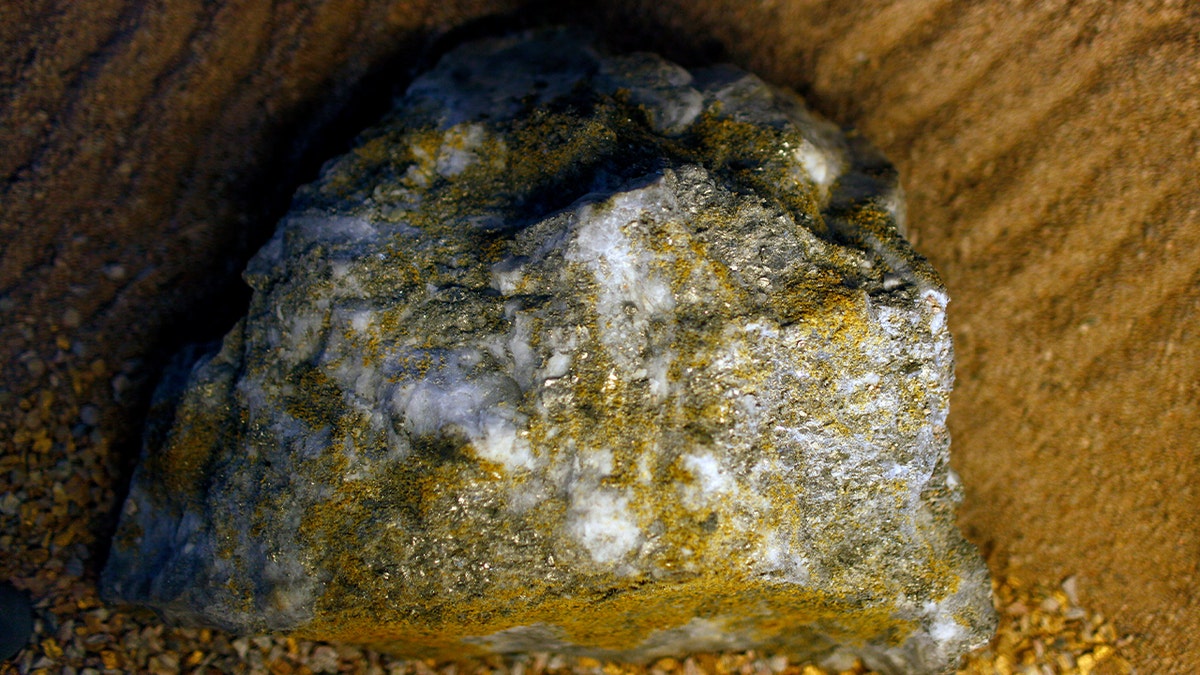Geologists in China have unveiled a colossal gold deposit, potentially the world's largest, estimated to be worth a staggering $83 billion USD. Located in Pingjiang County, Hunan Province, the find consists of 40 gold ore veins containing over 300 tons of gold resources, situated approximately 1.2 miles underground within the Wangu goldfield. The Hunan Academy of Geology further projects that over 1,000 tons of gold reserves may exist at even greater depths.

This discovery significantly impacts the global gold market, with China already being the world's leading gold producer. The previous largest known gold reserve was South Africa's South Deep gold mine, holding approximately 930 metric tons. This new find dwarfs that amount, potentially reshaping the dynamics of gold production and trade worldwide.

The timing of this discovery coincides with a period of heightened interest in gold as a safe-haven investment. Factors such as geopolitical instability, economic uncertainty, and concerns about national debt have driven up gold prices significantly in recent times, with one ounce currently trading at nearly $2,674. This massive new gold reserve could further influence market trends and investor behavior in the coming months and years.

This substantial discovery is poised to reshape the global gold landscape, impacting production, pricing, and investment strategies in the foreseeable future.








